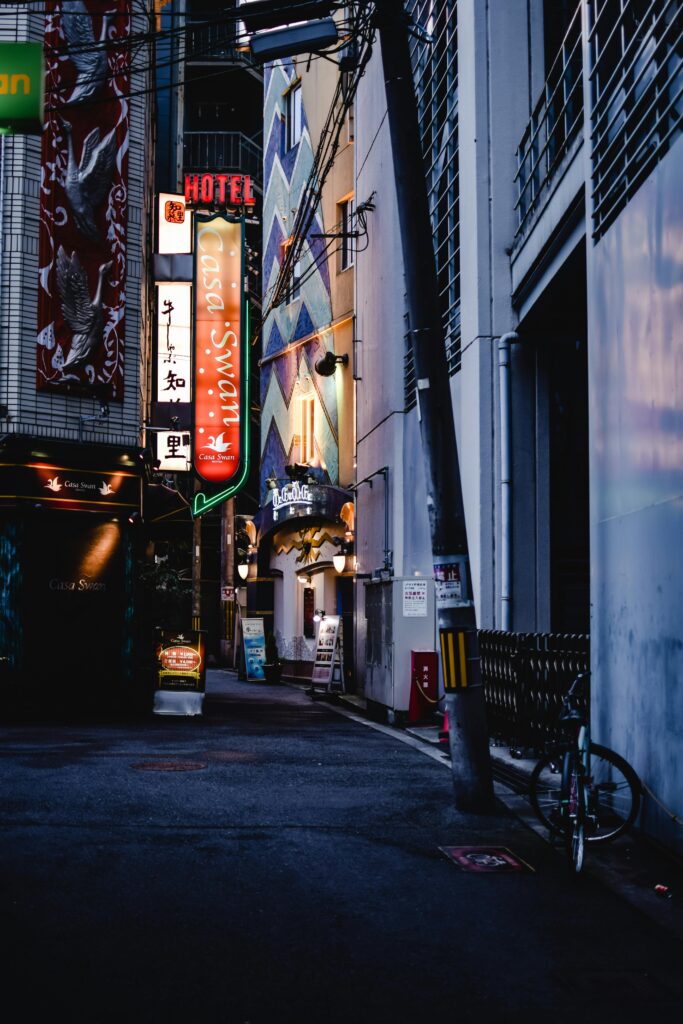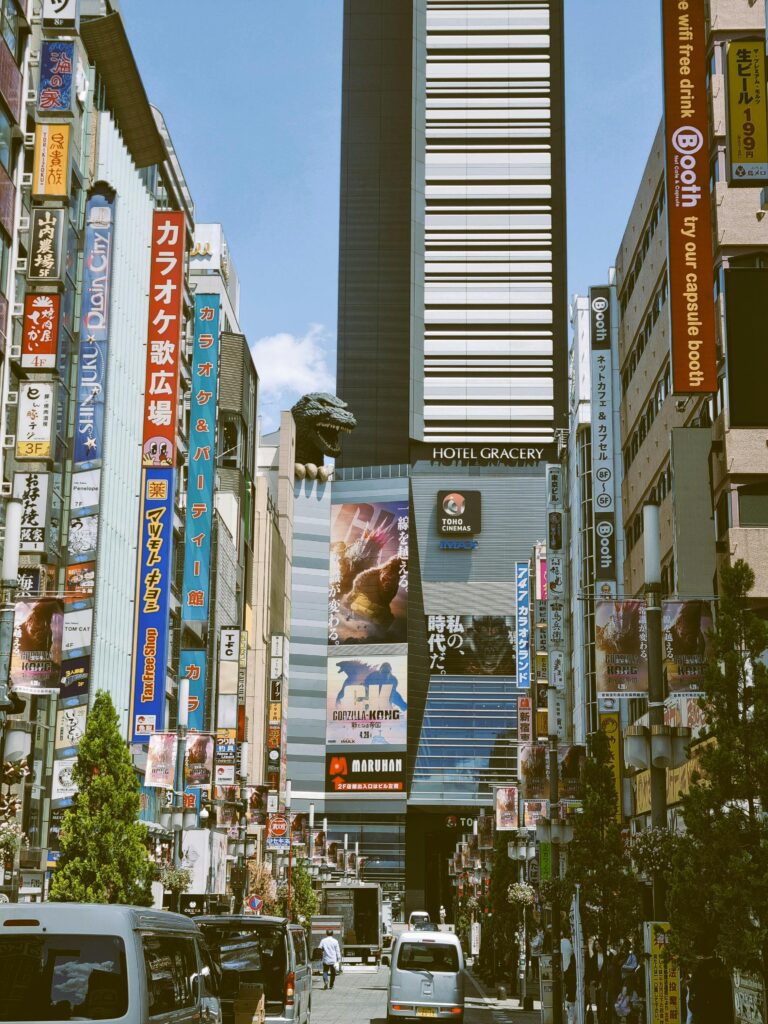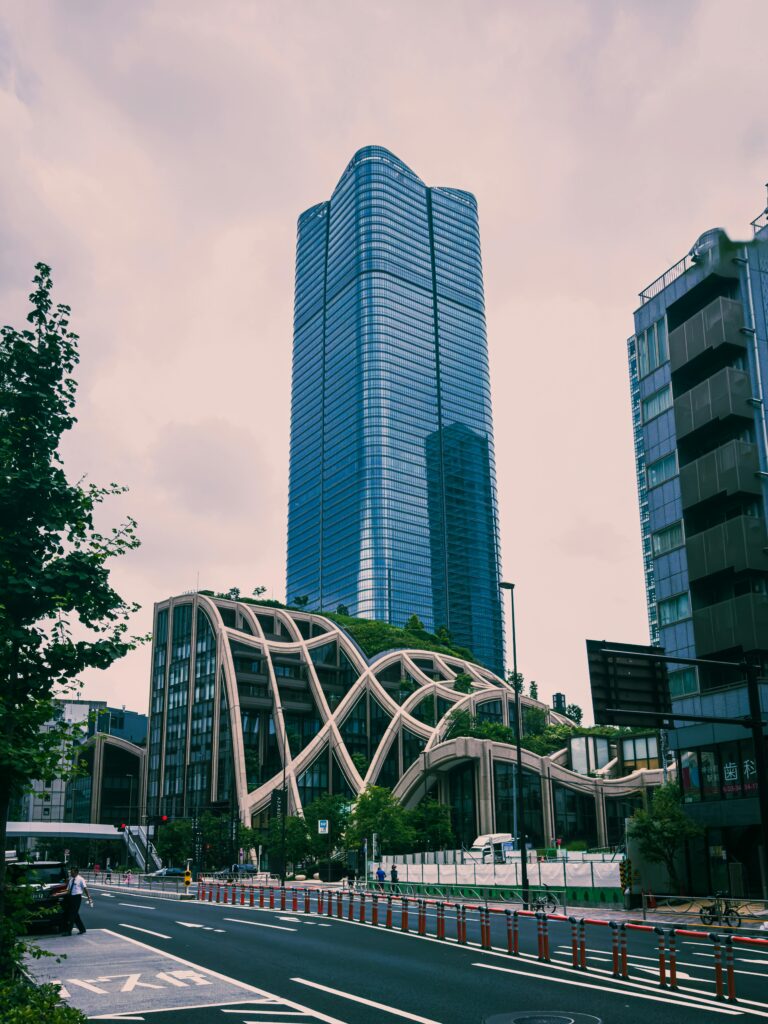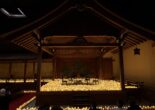Book early, and you can get a room for your entire family. Even though Japanese hotels usually charge per person, staying in a family room pays off. Especially if you go to an onsen.
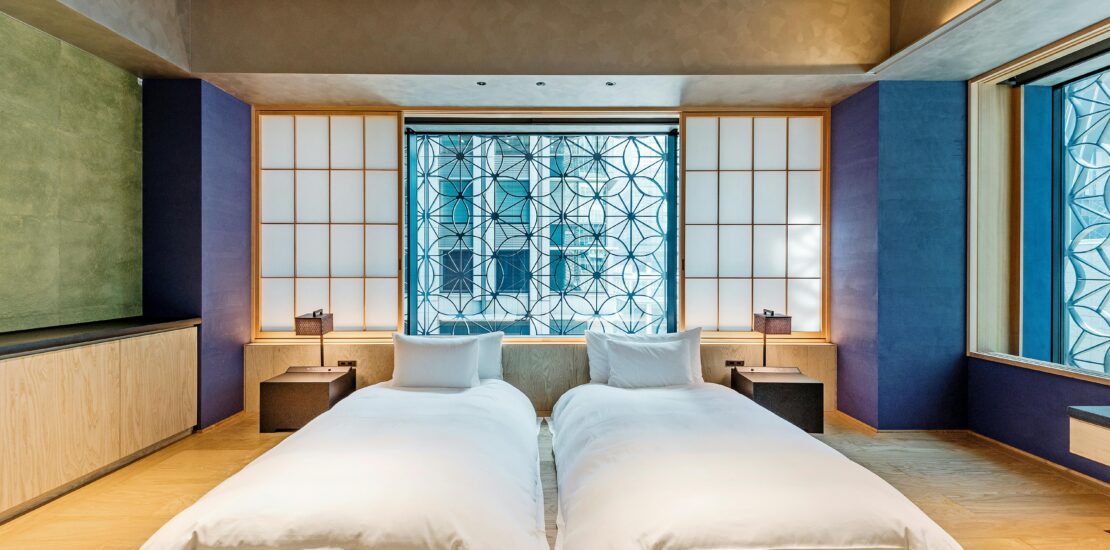
A typical Japanese family consists of a father, a mother, and one child. They could share a double bed in a business hotel. So why do some hotels have family rooms, and why are they so common at resorts – especially in ryokan at Onsen, the hot spring resorts you can find all over Japan?
No Tokyo Onsen
Tokyo is located on an alluvial plain. Its soil is deep and soft, and there are only one or two naturally occurring hot springs in the ”23 Wards” that constitute central Tokyo. There are many more in the mountain areas — the most accessible from central Tokyo is around mt Takao — but that does not mean hotels in central Tokyo do not offer family rooms. In particular, in areas where many children visit, such as Tokyo Disney Resort, but also in areas where there are big hotels, like Shinagawa and Shinjuku. All big hotels will have them, although they have fallen out of favor since the hotels were built. They were a necessity 50 or even 20 years ago, but tourist habits and traveler expectations have changed since then.
Why Family Rooms?
To start with, why are special family rooms even needed? Japanese hotels, with the exception of the ”business hotels”, are already very family-friendly. Usually, small children stay for free in Tokyo hotels until they turn 6 years old. They are expected to share a bed with their parents, so typically only two kids will be allowed to stay for free. Kids between 6 and 12 stay at half price in most hotels.
Some rooms have beds large enough to house entire families.
If the rooms are big enough to accommodate them (and in central Tokyo, room size is a huge factor), then a family of four can stay comfortably in a room with two double beds.
However, Japanese core families may consist of mother, father, and child, but the previous generation also often comes along on family trips in Japan.
Plenty of Money and Time
Grandparents in Japan have plenty of time and often funds to fill up the time. More than occasionally, the grandparents are the primary caretakers, and parents breadwinners. More often, the grandparents live with the younger generation. Many houses have a separate room, or even an entire apartment, for the grandparents to live in. And even if they often spend their retirement funds on golf, the second biggest source of spending is the grandchildren. Japanese kids risk of being seriously spoiled.
Grandparents are, of course, the perfect babysitters, at least if they are spry enough to run after a toddler. Since the parents of the current parent generation married young, there are plenty of grandparents in their fifties and sixties, even in their forties. And there are (usually) four of them.
Hokkaido Replacing Guam
Even if the grandparents nowadays, too, have jobs (because retirement funds do not last as long as they used to), spending on family is a big part of where their income goes. And that, frequently, means family travel.
The same changes to the economy that have made Japan such an attractive destination for foreign visitors have made foreign travel prohibitively expensive. Japanese used to go to Guam and Hawaii, but now their savings will hardly stretch to a visit to Okinawa or Hokkaido. Family travel is also more and more concentrated around weekends and holidays, when it is possible to take vacations. Reservations are often done months in advance, in particular around popular family destinations such as the Tokyo Disneyland and Disney Sea.
Two Beds not Enough
Where the core family can manage to stay in a room with two double beds, that is not sufficient if the grandparents tag along. And their requirements are different. Japanese grandparents are used to sleeping on tatami mats. This is why family rooms do not only have two or more beds, but also often feature a tatami room part (where considerably more than two persons could sleep).
Family rooms were a necessity when hotels were the only legal way to provide overnight accommodation. The rules used to be very strict, prohibiting any other form of paid accommodation. Even hostels existed in a grey zone. Apartment rentals were expressly forbidden.
From B&B to apartment hotels
But this changed in the runup to the Tokyo 2020 Olympic Games in 2021, when huge numbers of visitors were expected. The city government — and then the national government — started allowing Airbnb-style rentals, although the conditions on allowing this can be quite strict. Even though the pandemic foiled expectations, the laws stayed.
Small hotels rarely have family rooms
The popularity of apartment vacation rentals has led to self-catering options proliferating, often in central Tokyo.
In the past few years, another type of family-friendly accommodation has also emerged: Apartment hotels. The reason is simple: in Japan, when you want to rent an apartment for short-term use, you either have to have permission from the condominium association. If other members say no, renting the condominiums is not permitted.
Work Rotation Apartments
If you are the landlord, you can do whatever you want with your property, including renting it out by the day. Japan has long had ”monthly manshons”, self-catering apartments for medium-long to short use. These were primarily used by employees on work rotation to the Tokyo headquarters. But recently, apartment buildings built especially for short-term rentals have started to emerge.
Modern hotels, like hotel Gracery in Shinjuku, rarely have family rooms.
Usually, there is no difference with apartments for longer rental, although they frequently are located in newly constructed or renovated properties, and considerably more family-friendly than the ”monthly mansions”.
There are, of course, significant differences between the self-catering apartments and the family rooms in hotels. Cleaning and breakfast come to mind. Hotels typically also go out of their way to provide comfort and entertainment.
Hotels with Pools
For instance, several of the hotels around Disneyland and Tokyo Disney Sea have pools (typically found only in luxury hotels) and kids’ clubs, which will take care of the kids for a short time while parents do something else.
The absolute most modern hotels rarely have family rooms.
Occasionally, like the Tokyo Bay Hilton near Disneyland, the hotel even has its own storybook theme, complete with storybooks (in Japanese) for the kids.
And in some areas, like the Tokyo Disney Resort area, there are no rental apartments. At least not near the park.
Stay tuned for more exciting content like this! Follow us on our social media platforms and check out our blog regularly to stay updated on the latest news, trends, and insider stories from Japan. Don’t miss out on future updates—sign up for our newsletter for exclusive content delivered straight to your inbox!

